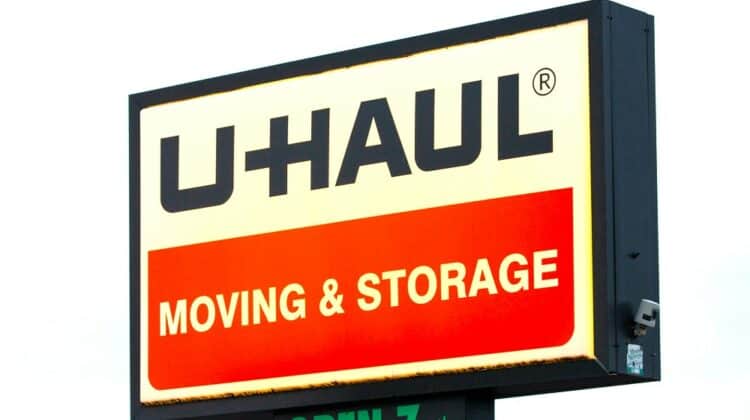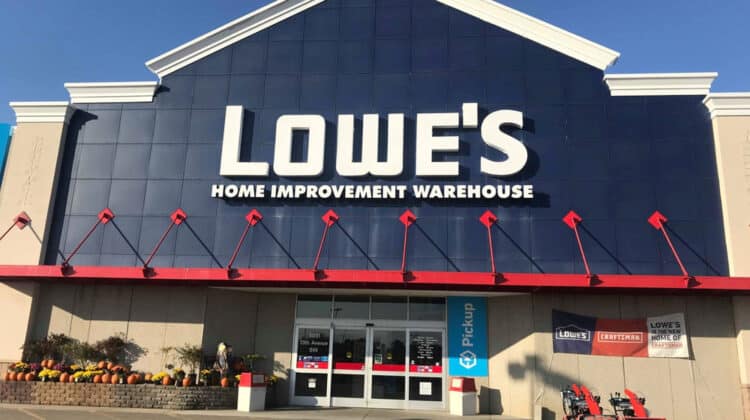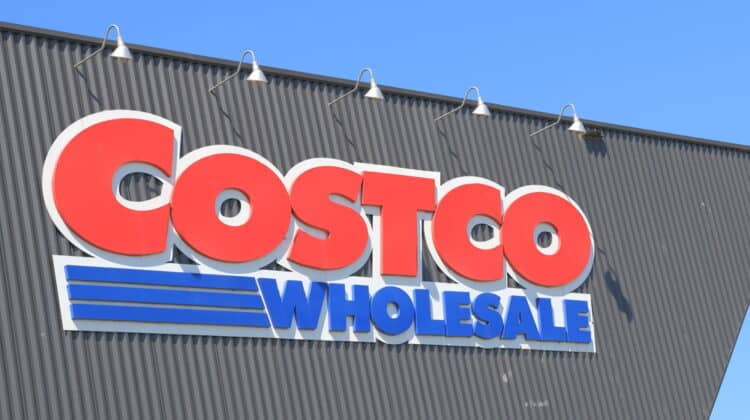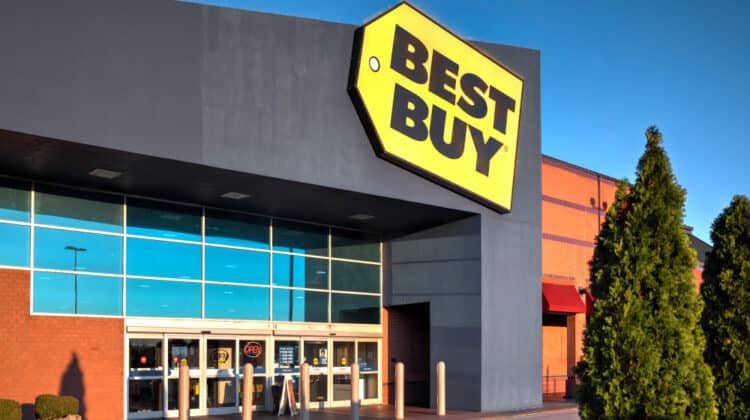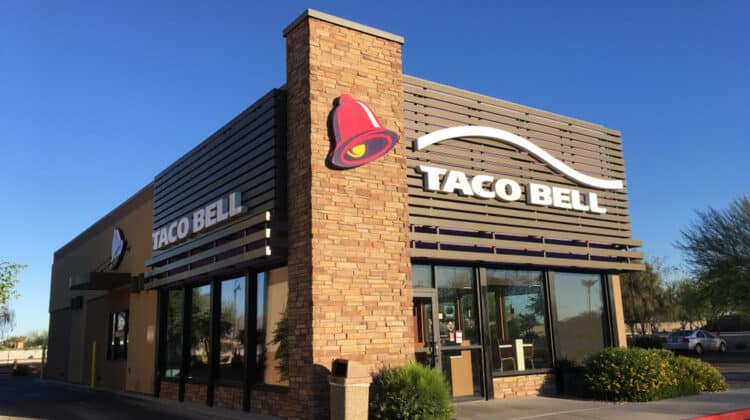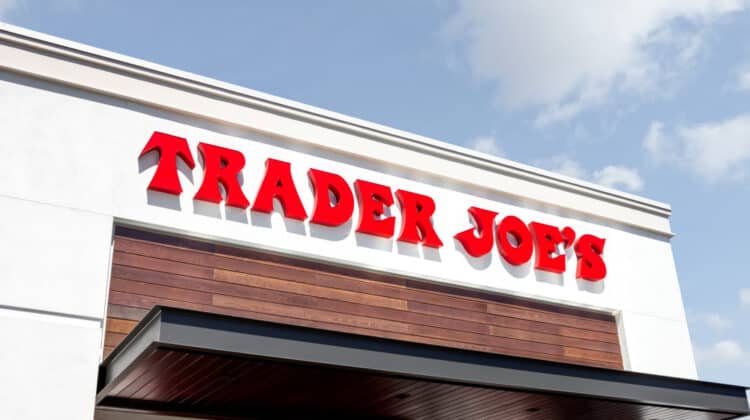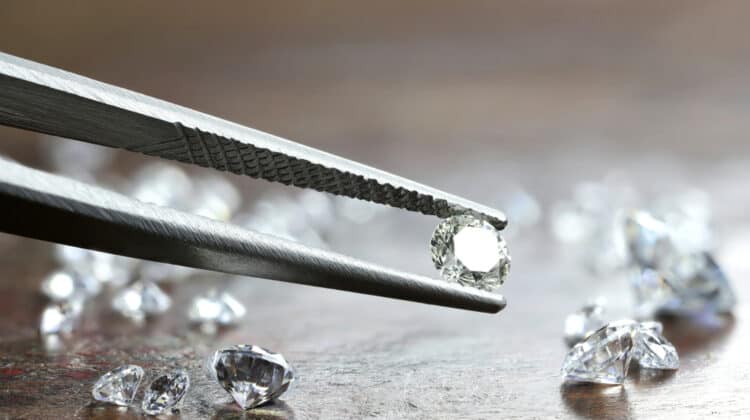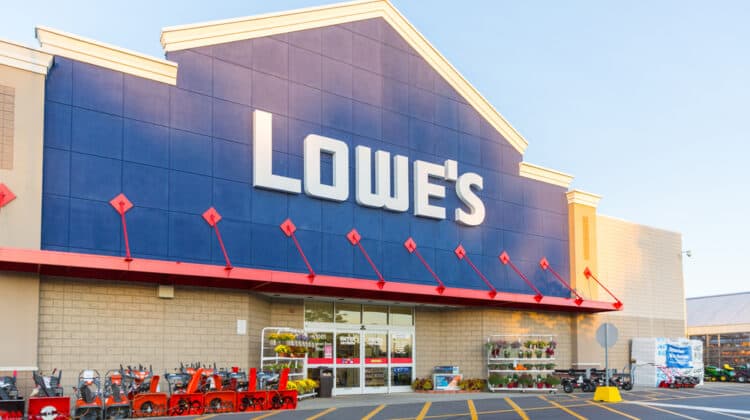
A native of Vermont, John Deere (1804–1886) was a manufacturer and blacksmith who established Deere & Company.
Deere developed a steel plow in 1837 that soon won him acclaim.
As farmers sought greater enhancements in machinery so they could manage larger acreage, the company he established began to manufacture tractors in 1918.
In the 185 years since its founding, John Deere’s company has built a loyal following of customers willing to pay top dollar for its products.
Here are 10 reasons John Deere is so expensive.
Why Is John Deere So Expensive? (Top 10 Reasons)
1. Value Of High-Quality Products

John Deere has established a strong, positive reputation for assembling high-quality products.
They build mowers, tractors, and accessories with better materials, crafted to specifications that allow them to work well and have long endurance.
Deere mowers cut through very thick grass and can handle hilly and uneven terrain with ease.
Similar to many other products, consumers often place different brands of lawn care equipment into a hierarchy.
Certain products have a low-budget reputation, touting practicality and economy.
Not necessarily disposable mowers, these basic brands offer fewer bells and whistles and may have lower-quality parts.
Other products focus on name-brand recognition and the loyalty of repeat customers.
These brands have developed a more sophisticated marketing approach and an extensive network of dealerships.
John Deere falls into this latter category.
2. Paying For The Name-Brand Equipment

For the same reason that Cadillacs usually have higher sticker prices than Chevrolets, part of the expense for a John Deere product includes the price a consumer pays to purchase the name-branded item.
When a customer decides to purchase a Deere product rather than a cheaper alternative, they have chosen to spend some of their money on a company’s branding and pedigree.
If an individual decides to get into the lawn mowing business, they may select their equipment by name familiarity.
John Deere is a familiar name, one they have heard of and trusted.
One pays a premium price if one wishes to acquire a premium product.
This is similar to the way people buy branded food rather than the cheaper generic alternative.
They believe there is something “better” and “different” about the name-branded product in the can.
Part of John Deere’s marketing efforts encourages prospective purchasers to think the same about their products.
3. Big-Box Versions Have Other Costs

An ongoing debate involves products sold both by a company and its competing big-box stores.
Is the product sold at a John Deere authorized dealer the same one available for purchase in a blue or orange-themed big-box store?
Is it mowers to mowers in the same way it is apples to apples?
In some cases, you may find the same models offered at both locations.
John Deere representatives do visit big-box stores to inspect the products for sale at those locations, often offered at a more competitive price to have them sell well alongside lower-priced brands.
In most cases, however, the big-box stores carry only those machines that cost less, rather than the high-end models.
In some cases, companies create separate models manufactured exclusively for sale at big-box venues.
John Deere is one of those companies that offer machines with lower price points and different specifications.
A buyer gets what they pay for, in the sense that these versions of their products are less expensive, but have fewer (if any) of the bells and whistles found on their top-of-the-line products available directly from a Deere dealer.
Deere sees greater value in offering cost-conscious alternatives at big-box stores.
This expands the network of stores offering the company’s products.
Some customers may never get to a Deere dealer but want a Deere mower.
The big-box versions that sell at a lower price are assembled to a lower standard.
This is something to consider since paying more for an upgraded model at a dealer may be a better bargain in the long term.
While slight model modifications may differentiate a Deere dealer from a big-box alternative, another element enters this debate.
Some Deere dealers have expressed frustration with this dissemination of the Deere brand beyond their immediate network.
They hear complaints from customers who have bought models with lower price points.
When those machines fail to perform or require service, the customers demand answers about worn-out or broken parts.
They often blame the dealer for the more frequent and quite expensive repairs necessary to keep the lower-priced model performing at peak capacity.
Stuck in the middle of a company hoping to expand its market share and a consumer wanting the cheapest grass-cutter with a great reputation possible, they never stand still long enough for the weeds and grass to grow over their feet.
They are too busy assessing costly repair fees for the cheaper cutters sold at the big-box store down the road.
4. Better-Paid Workforce

Similar to automobile factories, employees at John Deere assemble lawn mowers, tractors, and other equipment along production lines.
Similar to vehicle assembly plants, many of these workers belong to a union, the United Auto Workers.
John May, the company’s CEO, received a 160% pay increase in early 2021.
His annual pay rose to $15.6 million.
Supervisors told workers they had to pick up the pace through the coronavirus pandemic since they were “essential” workers.
After all, grass continued to grow even as the pandemic took hold.
On August 18, 2021, negotiations began on a new, six-year collective bargaining agreement.
Two days later, Deere officials proclaimed that the company would celebrate its greatest single-year profit ever.
Negotiations continued as the summertime heat kept the grass growing.
On October 1, 2021, the company and union announced raises of 5–6% as a carrot.
Additional raises of 3% in 2023 and 2025 were offered to sweeten the carrot’s taste for more than 10,000 union workers.
A stick in the tall grass was the decision to end pensions for any new employees.
Workers resoundingly rejected this offer, with 90% casting a negative ballot.
On October 14, employees at 14 plants began the first strike against John Deere since 1986.
Talks resumed four days later.
Negotiations resolved differences between labor and management a month later.
On November 17, union members ratified a new agreement.
The new contract included a 10% pay raise in the first year, with a total of 20% by the end of the contract.
Also included were a signing bonus of $8,500, the restoration of cost-of-living adjustments, and better retirement and performance-based benefits.
The company’s generous health care benefits remain in place under this new deal.
Workers’ willingness to strike allowed them to win this groundbreaking six-year deal with pay, health, and retirement benefits intact.
Somebody will have to cover the costs of these benefits and compensate the workers for their efforts to create a highly-valued product.
Those same somebodies will also open their wallets to give CEO John May his payday.
Those are the customers who purchase expensive John Deere products.
5. Preference For “American Made” Products

American consumers have long embraced John Deere products.
During the Great Depression, this American company cemented strong customer loyalty by allowing farmers to extend their payments whenever possible.
The company built and sustained a growing number of loyal followers.
As imported items arrived in the United States in greater numbers, part of this loyalty occurred due to the pride many had in the quality of American-built products.
Deere and Company employs approximately 27,500 people in Canada and the United States.
As a company with a global presence, Deere has expanded some of its manufacturing operations into other countries.
Factories in Argentina, Brazil, Finland, France, Germany, India, Mexico, and the Netherlands also produce equipment for John Deere.
Training, distribution, and other service centers presently operate in many parts of the world.
Despite its international influence, John Deere remains a company focused on American-made products.
Some customers are willing to pay for more products with that pedigree.
6. Addition Of Bells And Whistles

Consumer Reports consistently ranks John Deere mowers at or near the top for reliability and customer satisfaction.
The excellent customer satisfaction ratings often result from the details and accessories added to the product that differentiate a Deere product from its competitors.
It is not just how efficiently the Deere turns grass it mows into clippings.
It is also how comfortable the riding seat feels while the mower pulverizes the grass.
Some of the bells and whistles found in today’s mowers include accessories only dreamed of a few decades ago.
These include the advanced safety system that many higher-end models have in place.
A blade brake system allows the user to turn off the engine immediately if something gets in the way.
That system has existed for a while, and similar to the operator presence control system that prevents a runaway mower, the machine shuts off whenever the safety lever is no longer pressed.
The true bells and whistles begin with improved engine technologies and self-propelled drive systems.
Zero-turn drive systems speed up the mowing process.
Materials used to build a John Deere today may be lighter in weight, but they are also stronger.
The biggest bells and whistles involve those that offer the rider comfort and the technology that runs the machines easily and efficiently.
A certain demographic wants the lawn mowing or crop clearing experience to be one of comfort and efficiency rather than tinkering with that old hand-me-down mower they bought at the thrift store a long time ago.
John Deere caters to that demographic.
7. Warranty And Repair Costs

On those occasions when a John Deere product breaks, the company expects only authorized technicians to service or repair the equipment.
While some handy folks may have success repairing older mowers, computer-driven equipment poses a challenge.
Just as many companies that guard their intellectual property, Deere makes it difficult to diagnose warnings that may trip a chip or confound a computer circuit.
To keep their mowers functioning properly, many customers purchase extended warranty coverage.
While lawn mowers a generation ago could be serviced by a handy mechanic with spare parts, newer and high-tech models almost always require a visit to an authorized dealer with factory-approved parts.
Transmission parts, housing, electronics, and many other features on a Deere mower are often unavailable from discount companies.
Deere takes a proprietary approach to protect its service information and specifications.
Even for lower-quality replacement parts, consumers usually have little choice but to work directly with Deere.
This situation leaves many customers frustrated.
They bought top-of-the-line and very expensive lawn equipment.
When their machine no longer functions properly, they have little recourse other than to work with a licensed Deere repair facility.
They hope that their costly warranty will cover some of the expenses, knowing they have no option other than to pay for expensive Deere replacement parts.
Some farmers intentionally look for equipment that is more than 25 years old, hoping to get a high-mileage, reliable tractor or mower without software or sensors that will shut it down.
During the last couple of years, some customers have sought a different solution.
Rather than complaining about expensive repair options with it being next to impossible to find cheaper alternatives, they have sought assistance from state and federal authorities to overcome Deere’s rigid repair and maintenance constraints.
A complaint was recently filed with the US Federal Trade Commission.
Legislation introduced in early 2022 would require companies such as Deere to make software codes, manuals, and spare parts more readily available, allowing farmers or mechanics to repair the equipment.
If approved by Congress, this would provide a less-expensive alternative to the company-authorized repairs that are often costly and sometimes take weeks to complete.
Farmers on a tight deadline to harvest their crops cannot wait a month for a technician to arrive.
This initiative is part of a larger “right-to-repair” movement, one that has roots going back a century or more.
In the early years of the automobile industry, repairing a vehicle was difficult.
Even though no computers existed, car manufacturers tried to maintain a monopoly on parts, supplies, and repairs.
Ultimately, their efforts failed.
Today, a person can do their own oil change, put in a new air filter, or install wiper blades.
This might also become a reality for those wanting a cheaper option to repair their Deere.
This is assuming members of Congress do not let the grass grow under their feet!
8. Time And Money Lost On Repair Hacks

With almost 50% of the tractor market, Deere is an obvious target for the “right-to-repair” movement.
Proprietary technology rights ensure corporate profits.
However, the lack of nearby authorized dealerships that can schedule repairs quickly impacts timely harvests.
Deere pledged to make diagnostic guides and equipment available by early 2021, along with repair tools.
Some farmers and repair technicians with mechanical talents are tired of waiting.
More than a few grab their laptops and a cable that connects their tractor to the computer via a USB port.
With hacked versions of John Deere software downloaded from darker corners of the web, these hackers try to diagnose problems without contacting a Deere service advisor.
These hacking heroes try to break through Deere’s firmware or locate unauthorized software versions to get machines running again.
Their interest is not necessarily to hurt Deere financially.
Instead, they are hoping to protect their financial well-being.
Time wasted waiting for a Deere service call impacts their ability to do their jobs.
This delay is more serious than an hour or two waiting for a tire change or battery replacement for a car in their driveway.
If their farm equipment does not drive its way through their fields, they may miss a deadline to a distributor or get to the crop after its yield and market value have declined.
Some states have started to ask for “fair repair” bills that would allow third parties to make essential repairs.
Deere responded by invoking copyright laws.
Under the Digital Millennium Copyright Act and the principle of digital rights management, Deere claims any attempt to hack its software is a violation of the company’s intellectual property.
As Deere draws a line in the sand, this expensive battle continues.
Deere touts the quality of its products and authorized service.
Hackers try to find a way around a costly system that may cost even more if the tractor fails at the worst moment.
9. Tractors Are Not Cheap

While some of the above reasons may refer to lower-cost lawn mowers and similar products, this reason focuses specifically on tractors.
Recent enhancements have made most tractors offered by all manufacturers more versatile, safer, and better at controlling excessive carbon emissions.
Today’s tractors are not your granddaddy’s tractors, whether a Deere or another brand.
The exhaust-emitting tractors that left plumes of smoke on the fields they plowed a half-century ago have been replaced by high-tech, software-managed equipment with durable parts.
Easy-to-operate, today’s tractors come at a higher price than those of earlier generations.
Among the family of tractors available to consumers today, the John Deere brand remains a preferred choice for many, one that costs a pretty penny.
10. Maintenance Costs

Deere mowers operate for significantly longer if properly maintained.
Unfortunately, many who invest in a mower believe that if they spend a lot on the purchase, they should have few maintenance costs over the long run.
Sometimes, they are correct.
Other times, they ignore small problems that soon lead to expensive repairs.
Misperceptions about the initial price of any item sometimes lead consumers to make short-sighted decisions that could result in long-term expenses.
They postpone regular service or oil changes since the shiny green color of the tractor has not yet started to fade.
They misplace the manual and forget routine checkups since the engine sounds good and the blades cut well.
At some point, they may pay a large repair bill, especially after the warranty expires.
Mowers and tractors maintained and kept in good condition should last considerably longer than those that do not receive proper service.
This is true of most brands, including John Deere.
Sources:
https://www.nbcnews.com/tech/new-senate-bill-farm-equipment-right-to-repair-rcna13961
https://www.governing.com/now/why-are-farmers-battling-for-the-right-to-fix-their-own-tractors
https://www.vice.com/en/article/kzp7ny/tractor-hacking-right-to-repair
https://www.nbcnews.com/news/us-news/john-deere-union-workers-ratify-new-deal-end-strike-rcna5967
https://www.agweek.com/john-deere-strike-ends-as-union-workers-ratify-agreement
https://en.wikipedia.org/wiki/John_Deere_(inventor)
https://www.deere.com/assets/pdfs/common/our-company/about/jd-world-locations.pdf
NEXT: Why Is Harris Teeter So Expensive? (Top 10 Reasons)

